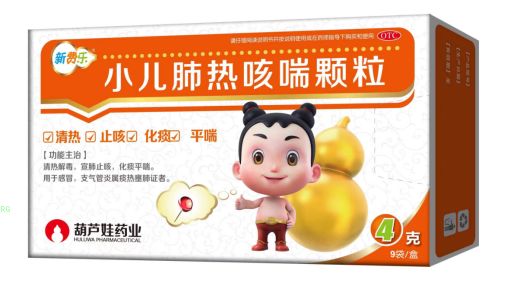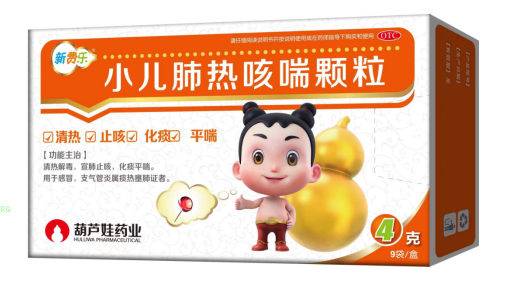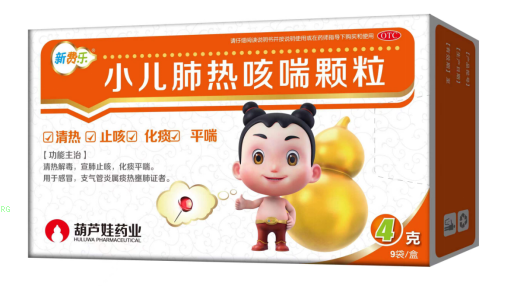In the process of treating diabetes, many people are very concerned about "what is the best antidiabetic drug?". In fact, the "best" choice of hypoglycemic drugs is not fixed, but needs to be comprehensively judged based on multiple factors such as the patient's condition, complications, economic status, and medication compliance.
1. What is the most effective hypoglycemic drug?
diabetes is a chronic metabolic disease, and its treatment needs to be individualized and long-term. At present, the mainstream hypoglycemic drugs on the market include metformin, sulfonylurea, DPP-4 inhibitors, SGLT-2 inhibitors, and GLP-1 receptor agonists. Each type of drug has different mechanisms of action, indications, and side effects. For example, sulfonylureas stimulate pancreatic beta cells to secrete insulin to lower blood sugar, but they are prone to causing hypoglycemia; SGLT-2 inhibitors promote urinary glucose excretion and lower blood sugar levels, while also having weight loss and cardioprotective effects, but may increase the risk of urinary system infections. Therefore, there is no absolute answer to the question of 'what is the most effective hypoglycemic drug', the key is to find the drug that best matches the patient's condition.
In the treatment of type 2 diabetes, metformin can not only directly reduce blood sugar, but also improve insulin resistance, regulate blood lipids, reduce weight, and reduce the risk of cardiovascular events. And with the iteration of drug technology, the third-generation osmotic pump controlled release metformin - Nida ® The emergence of sustained-release metformin hydrochloride tablets (III) further optimized the efficacy and safety of traditional metformin.
II. Hypoglycemic advantages of sustained-release metformin hydrochloride tablets (III)
Nida ® Metformin Hydrochloride Extended Release Tablets (III) is the first domestically certified osmotic pump controlled release form of metformin that has been approved by both China and the United States. Its innovative design brings three core advantages to patients:
1. 24-hour constant release drug, smoother blood glucose control
Traditional metformin tablets require 2-3 daily doses, with large fluctuations in blood drug concentration, which can easily lead to fluctuating blood glucose levels; Although regular sustained-release tablets can prolong the release time, there is still a peak valley phenomenon. Nida ® Adopting single chamber osmotic pump technology, laser drilling is performed on the surface of the tablet, and a semi permeable membrane is wrapped around it. The drug is released at a zero order rate (constant speed) using osmotic pressure difference. This design allows the drug to enter the bloodstream continuously and evenly within 24 hours, eliminating fluctuations in blood drug concentration and ensuring smooth blood sugar control throughout the day. Clinical studies have shown that the fluctuation range of its blood drug concentration is reduced by more than 70% compared to ordinary tablets, especially suitable for patients with large blood sugar fluctuations or those who need strict sugar control.
2. Once daily, significant improvement in compliance
Medication adherence is a key factor affecting long-term efficacy. Traditional metformin tablets have a high dropout rate due to the need for multiple daily doses; Although regular sustained-release tablets have been reduced to 1-2 times per day, there is still a risk of missed doses. Nida ® It only needs to be taken once a day with dinner, greatly simplifying the treatment plan, especially suitable for patients with irregular lifestyle, easy to miss or weak gastrointestinal function.
3. Low side effects, high safety
Metformin regular tablets are prone to gastrointestinal reactions such as nausea and diarrhea due to unstable drug release, leading to discontinuation of medication in some patients. Nida ® The constant release mechanism of the drug reduces local irritation to the gastrointestinal tract and reduces the incidence of adverse reactions by more than 50%. Meanwhile, its osmotic pump structure is not affected by the pH value, peristaltic speed, or food in the gastrointestinal tract, ensuring even distribution of drugs in the body and further reducing the risk of side effects. In addition, Nida ® Through dual certification from China and the United States, the production standards meet international requirements and the quality is more guaranteed.
Back to the question "What is the best antidiabetic drug?" put forward at the beginning, the answer is not single, because there is no "best" antidiabetic drug for all diabetes patients. Before taking medication, it is necessary to consult a doctor to avoid delaying the condition or causing danger.






Comments (0)
Leave a Comment
No comments yet
Be the first to share your thoughts!